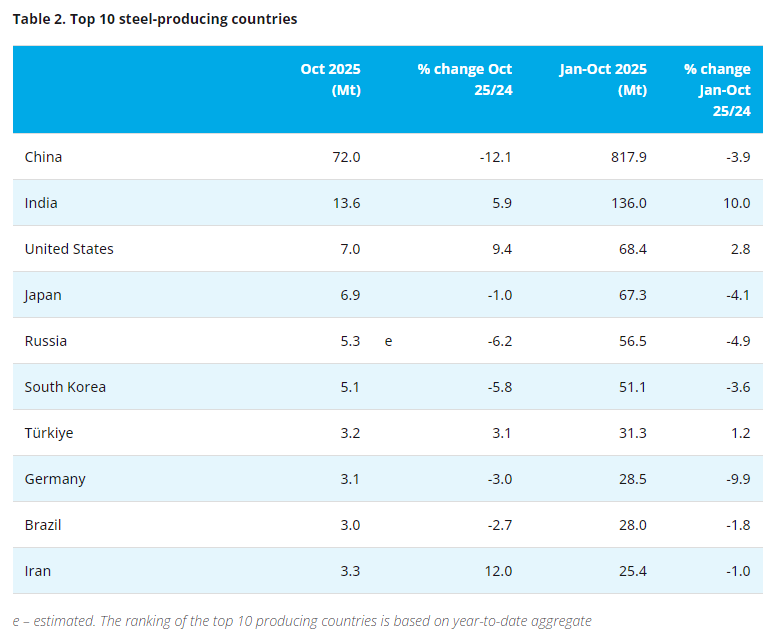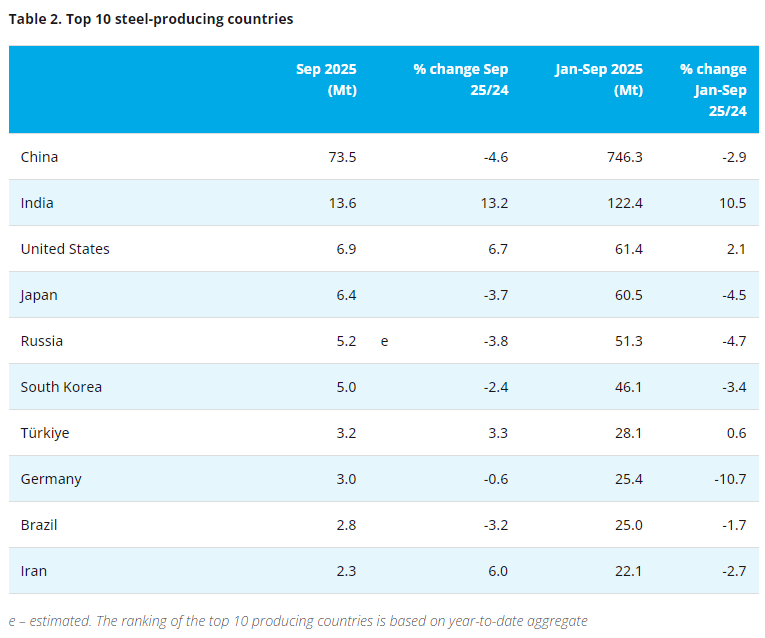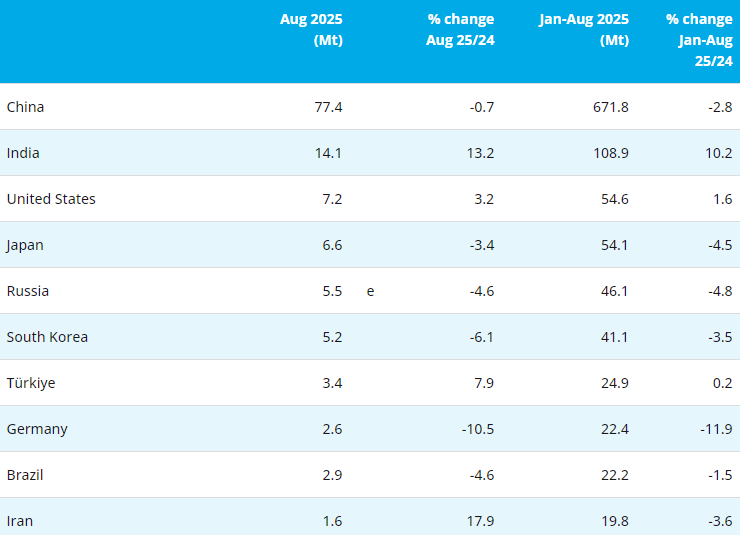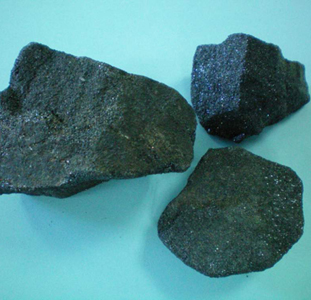Gov't support needed amid slack demand: expert
China and the European Union (EU) should strengthen mutual investment and cooperation, such as by connecting China's "One Belt, One Road" initiative with the EU's Investment Plan for Europe, a Chinese government official and an EU leader said at a meeting in Beijing on Monday.
The 5th China-EU High-Level Economic and Trade Dialogue was co-hosted by Ma Kai, vice premier of China's State Council, and Jyrki Katainen, vice president of the European Commission.
The dialogue "plays an important role" in strengthening China-EU economic cooperation and solving major trade obstacles, Ma said at the meeting.
Katainen said that China has been an important source of investment for Europe, and the EU hopes to find some "common ground" with China over the belt and road initiative and the Investment Plan for Europe, so as to make their mutual investment "more effective."
Ma echoed Katainen's views, saying that the two investment projects could be "connected" to enhance mutual economic cooperation.
Chinese Premier Li Keqiang also noted at a meeting on June 29 that China encourages competent, creditworthy domestic companies to participate in Europe's infrastructure projects. European economies are also welcomed by China to participate in the construction involved in the belt and road initiative, domestic news portal people.com.cn reported on June 30.
The belt and road initiative is an investment and trade promotion scheme intended to deepen economic connections between China and the rest of the world, which was put forward by Chinese President Xi Jinping in 2013.
The Investment Plan for Europe involves spending about 315 billion euros ($352.18 billion) from 2015 to 2017 to boost jobs and economic growth in Europe, and was launched by the European Commission on November 26, 2014.
Katainen noted at the meeting that the EU has established a fund as part of the investment plan. The fund is aimed at investing in small and medium-sized enterprises as well as infrastructure projects, and China has been welcomed to jointly invest in some of the projects via the fund.
Huang Wei, a researcher at the Institute of World Economics and Politics under the Chinese Academy of Social Sciences, told the Global Times on Monday that there is a lot of room for cooperation between China and Europe economically.
"First, some European countries need to upgrade their infrastructure, thus giving Chinese companies opportunities for investment. Second, China's industrial structure is complementary with that in many European countries. Those countries need manufactured goods from China, while China can learn from those countries to develop its services industry," Huang said.
Huang noted that as global demand has been weak amid the slow economic recovery, China has seen a slump in trade with EU economies in recent months.
"China and Europe need some stimulus from the government level to prompt mutual investment, such as the belt and road initiative," Huang said.
Data from the General Administration of Customs on September 8 showed that China's trade with the EU slumped 8.4 percent year-on-year to about 297 billion yuan ($47 billion) in August.
By the end of June , the China Banking Regulatory Commission (CBRC) had signed a bilateral memorandum of understanding (MOU) with the financial regulators of 27 economies along the belt and road routes, and will hasten its steps to sign MOUs with more countries involved in the initiative, a statement on the CBRC website noted on Monday.
Wu Yikang, a professor at the Shanghai Academy of Social Sciences, told the Global Times on Monday that Europe has a relatively advanced legal system, thus reducing the investment risks for Chinese investors.
Huang also noted that although most infrastructure projects in Europe are long-term projects, which are not always favored by Chinese investors, their rate of return is usually very high.
Katainen also noted at the meeting that the EU and China are still in the process of negotiations over the EU-China Bilateral Investment Agreement.
Since January 2014, the EU and China have been negotiating the agreement, which is expected to replace the current system consisting of more than 25 bilateral investment treaties negotiated by individual EU member states with China over the past three decades, Eurobiz, a journal run by the European Union Chamber of Commerce in China, noted in May 2014.
Huang said that China is also negotiating with the US on a bilateral investment treaty, and details of that treaty, including rules for market access, will provide a "reference" for China's bilateral investment treaty with the EU.
Wu also said that compared with the US, the EU is likely to allow easier market access for China, as the EU has shown more willingness to introduce high-end technologies into China in recent years.
- [Editor:penny]



 Save
Save Print
Print Daily News
Daily News Research
Research Magazine
Magazine Company Database
Company Database Customized Database
Customized Database Conferences
Conferences Advertisement
Advertisement Trade
Trade

















Tell Us What You Think